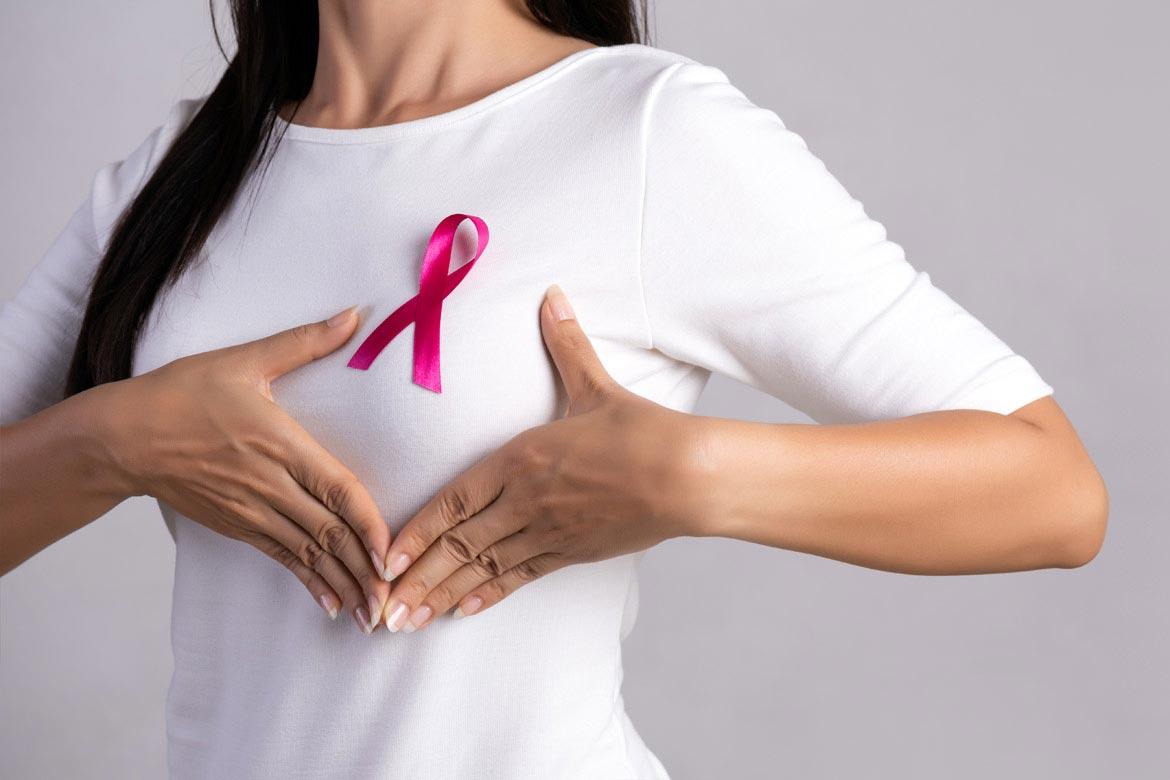
Regardless of gender, breast health is a subject that many people are interested in.
While breast cancer often takes the spotlight, there are other breast-related problems that can affect both women and men. One such problem is breast cysts, which can raise questions about pain and discomfort. In this blog, we’ll explore the topic of breast cysts, their potential for causing pain, and strategies for managing the discomfort they can bring.
1. Understanding breast cysts
1.2. What is a breast cyst?
Breast tissue can produce fluid-filled sacs known as breast cysts. They are widespread, and many women go through them at some point. Breast cysts are frequently benign (non-cancerous) and range in size.
Although they can develop at any age, they are most common in women between the ages of 35 and 50.
2. Types of breast cysts
Breast cysts can be of two major types:
Simple cysts: These are the most common type and usually do not increase the risk of breast cancer. Normal cysts are filled with clear fluid and are usually smooth and round.
Complex cysts: These may contain solid material in addition to fluid and are more likely to require further evaluation to rule out possible malignancy.
3. Are breast cysts painful?
3.1. The pain question
Depending on the individual, breast cysts may or may not be uncomfortable.
Some individuals may experience discomfort or pain associated with breast cysts, while others may experience no pain. Pain or discomfort can be caused by several factors:
Cyst size: Large cysts can cause more discomfort because they can put pressure on the surrounding breast tissue.
Cyst location: The location of a cyst within the breast can affect whether it causes pain. Cysts near the surface or close to nerve endings may be more painful. Hormonal changes: Breast cyst size and tenderness can be affected by hormonal variations, such as those that happen throughout the menstrual cycle, which could cause pain or discomfort.
Occasionally, breast cysts may become infected or inflamed, resulting in discomfort.
Individual sensitivity: Each person’s pain threshold and sensitivity to discomfort is unique, so what may be painful for one person may not be for another.
4. Management of discomfort
If you are experiencing discomfort or pain due to a breast cyst, there are several strategies you can consider to manage it effectively:
Over-the-counter pain relievers: Over-the-counter pain relievers such as ibuprofen or acetaminophen can help relieve mild to moderate pain associated with breast cysts. Always follow the recommended dosage instructions.
Heat treatment can help by easing muscular tension and lowering inflammation when applied to the afflicted breast using a warm compress or heating pad.
Bras that offer support: Wearing a supportive bra will assist in lessening movement and friction, which can help to lessen breast cyst discomfort.
Hormone management: Talk with your healthcare practitioner about hormonal birth control choices to help regulate your menstrual cycle if hormonal changes appear to make cyst-related discomfort worse.
Aspiration: In some cases, a healthcare provider may recommend draining the cyst using a fine needle. It can relieve pain and discomfort and may be considered for larger or more painful cysts.
Medical evaluation: If you notice any changes in your breasts, including pers
5. Lifestyle and self-care tips
In addition to the strategies mentioned above, there are some lifestyle and self-care practices that you can incorporate into your routine to manage the discomfort associated with breast cysts:
Dietary choices: Some people find that reducing caffeine and sodium intake can help reduce breast tenderness and discomfort. Staying well-hydrated is also important for overall breast health.
Reduce stress: High-stress levels can increase pain and discomfort. Incorporating relaxation techniques such as yoga, meditation, or deep breathing exercises into your daily routine can help reduce stress and promote overall well-being.
Regular exercise: Engaging in regular physical activity not only improves overall health but can reduce breast pain by improving blood circulation and releasing endorphins, which act as natural pain relievers.
Avoid tight clothing: Wearing tight-fitting clothing, especially around the chest, can increase discomfort. Choose loose, comfortable clothing to reduce pressure on the breasts.
Breast self-exams: Do regular breast self-exams to get familiar with your breast tissue. This can help you notice any changes or abnormalities, allowing any potential problems to be detected early.’
6. When to seek medical attention
Although breast cysts are usually benign, it is important to be aware of changes in your breast health. If you experience any of the following symptoms, consult a healthcare provider immediately:
New or persistent pain: It’s important to get evaluated if you have a new, unexplained breast pain or if the pain persists after trying self-care measures.
Changes in breast size or shape: Noticeable changes in the size or shape of your breasts should be checked by a healthcare professional.
Breast lump: If you find a lump in your breast, even if it’s near a known cyst, it should be evaluated to rule out any other possible concerns.
Conclusion
Breast cysts are sacs filled with fluid that form inside the breast tissue.
By understanding the factors that may influence pain, adopting healthy lifestyle practices, and seeking medical help when needed, you can effectively navigate the challenges associated with breast cysts.
Breast cysts are sacs filled with fluid that form inside the breast tissue.
They form when the glands inside the breast become obstructed, causing fluid to accumulate.